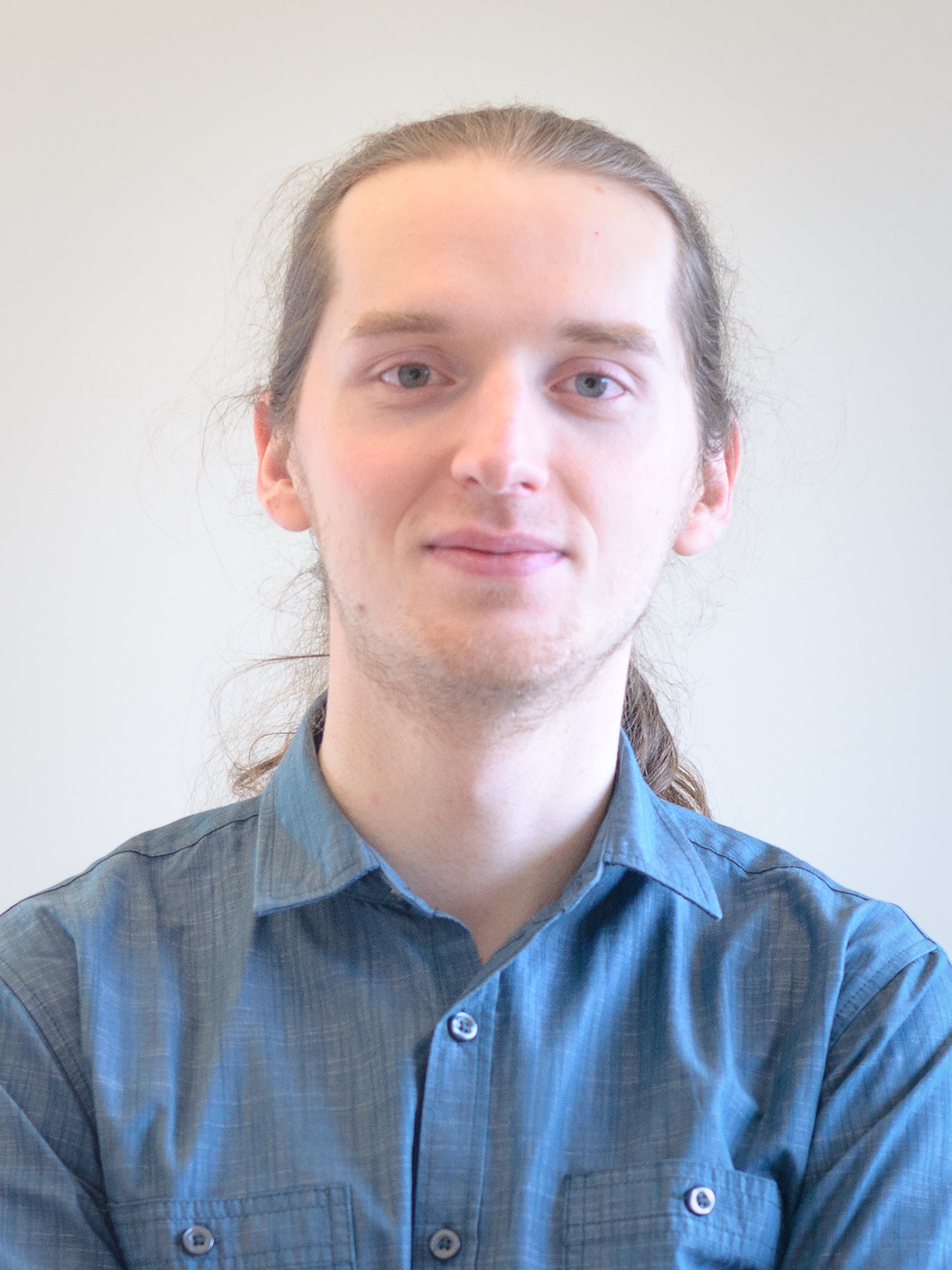
Disputas og prøveforelesning avholdes hybrid, slik at deltakere kan delta enten via Zoom eller fysisk. Zoom-lenken legges ut dagen før disputasen. Verten av Zoom-møtet vil moderere det tekniske mens disputasleder moderer disputasen.
Ex auditorio-spørsmål: Disputasleder inviterer til ex auditorio-spørsmål, og disse kan foretas enten skriftlig eller muntlig ved å trykke på "Participants -> Raise hand".
Delta på disputasen
Møtet åpnes for deltakelse like før disputasen starter, og stenger for nye deltakere omtrent 15 minutter etter at disputasen har startet.
Delta på prøveforelesning - 19. april kl. 12:30 (Rom Geologibygningen GE Aud. 1/ Zoom)
"Exploring the early Universe with LISA"
Kreeringssammendrag
I løpet av sin doktorgrad har kandidaten studert en rekke kosmologiske problemer, som alle dreier seg om den kosmiske mikrobølgebakgrunnen. Fra et teoretisk perspektiv har han utvidet standard LCDM-modellen ved å inkorporere høyenergetiske nøytrinoer i den, samt. utledet de analytiske uttrykkene for gravitasjonspotensialet i en trigonometrisk representasjon for to distinkte ikke-trivielle topologier i universet. Fra den numeriske siden har han utviklet en felles beregningsinfrastruktur som muliggjør enkel installasjon og distribusjon av verdensledende kode for ende-til-ende Bayesian CMB-analyse kalt Commander3. Kandidaten er samtidig et medlem av det internasjonale samarbeidet kalt BeyondPlanck.
Hovedfunn:
The study of the cosmic microwave background (CMB) radiation is a pillar of modern cosmology that enables us to understand the history, the evolution of structures, and the global shape (topology) of the Universe. This thesis addresses various theoretical, numerical, and observational aspects of this field. On the theoretical side, I extended the current cosmological LCDM standard model by accounting for the effect of high-energetic neutrinos, and I have derived analytical expressions for the gravitational potential in a trigonometric representation for two distinct non-trivial topologies of the Universe. On the numerical side, I have, as a member of the BeyondPlanck collaboration, developed a common computational infrastructure that allows easy installation and deployment of the world's leading code for end-to-end Bayesian CMB analysis called Commander3. We have used this code to reprocess the Planck LFI observations, and our new products represent today the world's cleanest maps of the microwave sky between 30 and 70 GHz. While this code was originally designed to perform massive Monte Carlo sampling, I have modified it to also be able to produce traditional frequentist-style simulations, which is useful for code validation and error propagation purposes for a broad range of current and future CMB experiments.
